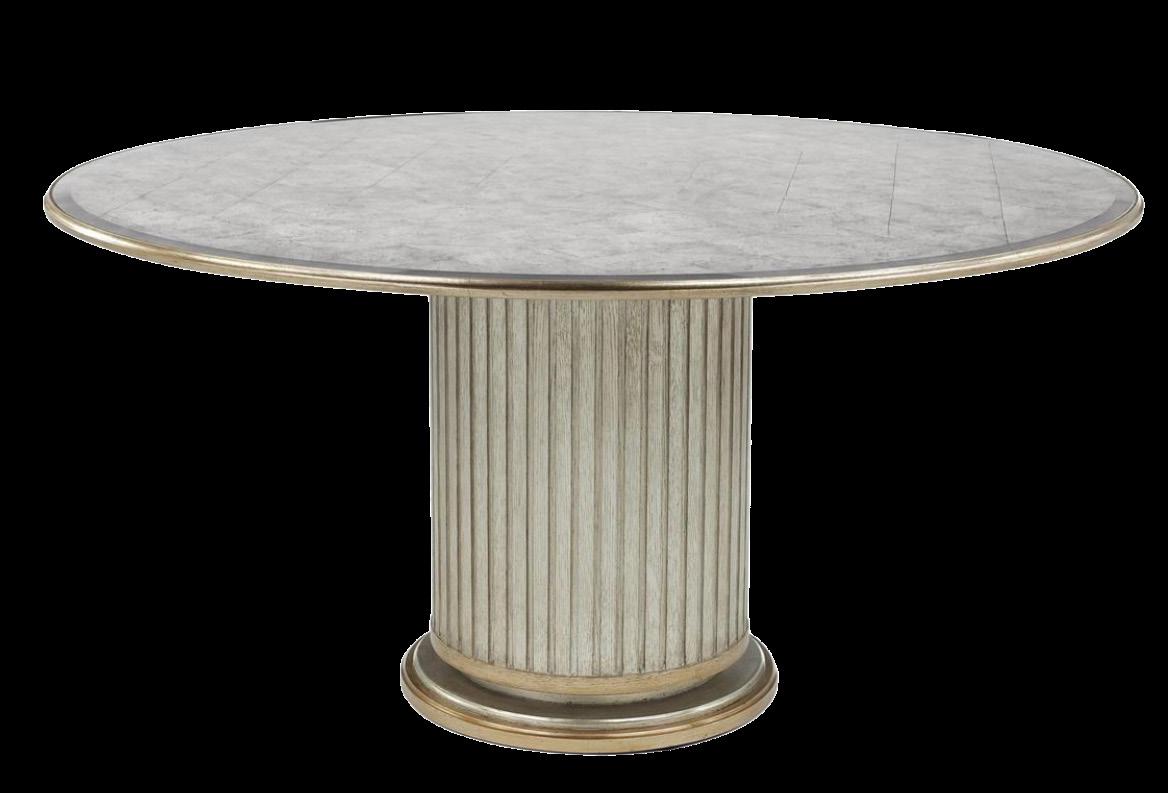










“People who live in glass houses... have to answer the door.”
Karl Pilkington
John-Richard glass transforms raw material into art through craftsmanship that values skill and intention. Every vase, bowl, chandelier, lamp, and sculpture is shaped to capture movement, reflect light, and carry a distinct presence. From concept to completion, each creation reflects artistic mastery guided by a clear and compelling vision.
Blown glass is formed by breath, gravity, and touch. The process begins by gathering molten glass on the end of a blowpipe, then inflating it into a bubble that is carefully shaped through repeated blows, rotations, and tool work. The artisan constantly adjusts the form with gravity and specialized tools, creating shapes that feel both sculptural and expressive. Some designs feature undulating curves or dimensional droplets, while others highlight color shifts, suspended inclusions, or textured surfaces. Ripples or variations in thickness are not flaws but marks of the maker, ensuring each piece is unique.
The collection also explores varied treatments to achieve distinct visual effects. Frosted glass softens and diffuses light for a gentle glow. Seeded glass contains tiny air bubbles created during production, adding movement, texture, and a lively shimmer that changes with the light. Tempered glass shards, paired with an enamel coating, contribute a bold sense of texture and dimensionalty. Through these techniques, John-Richard demonstrates a distinct mastery of form and material that echoes throughout the glass collection.
Through skillful craftsmanship and the careful selection of varied materials, John-Richard designs create a dynamic interplay of form, texture, and luminosity. Each object is more than a functional or decorative element, but rather a sculptural expression that invites both visual engagement and tactile exploration.



Beyond shaping and material effects, John-Richard elevates glasswork through meticulous surface finishing. Many pieces feature verre églomisé, the centuries-old method of gilding glass from the reverse side. Revived in 18th-century France by Jean-Baptiste Glomy, it combines metal leaf and reverse painting to create mirrored or softly aged effects. The careful application of this historic method transforms surfaces, enriching them with a time-worn quality that speaks to both tradition and craftsmanship.
Églomisé demands precision, as artisans apply each detail in reverse so the finished image appears correctly from the front. The result is a luminous finish with subtle irregularities that reflect the human hand. This classic technique has become a hallmark of John-Richard, marrying timeless tradition and modern elegance.





